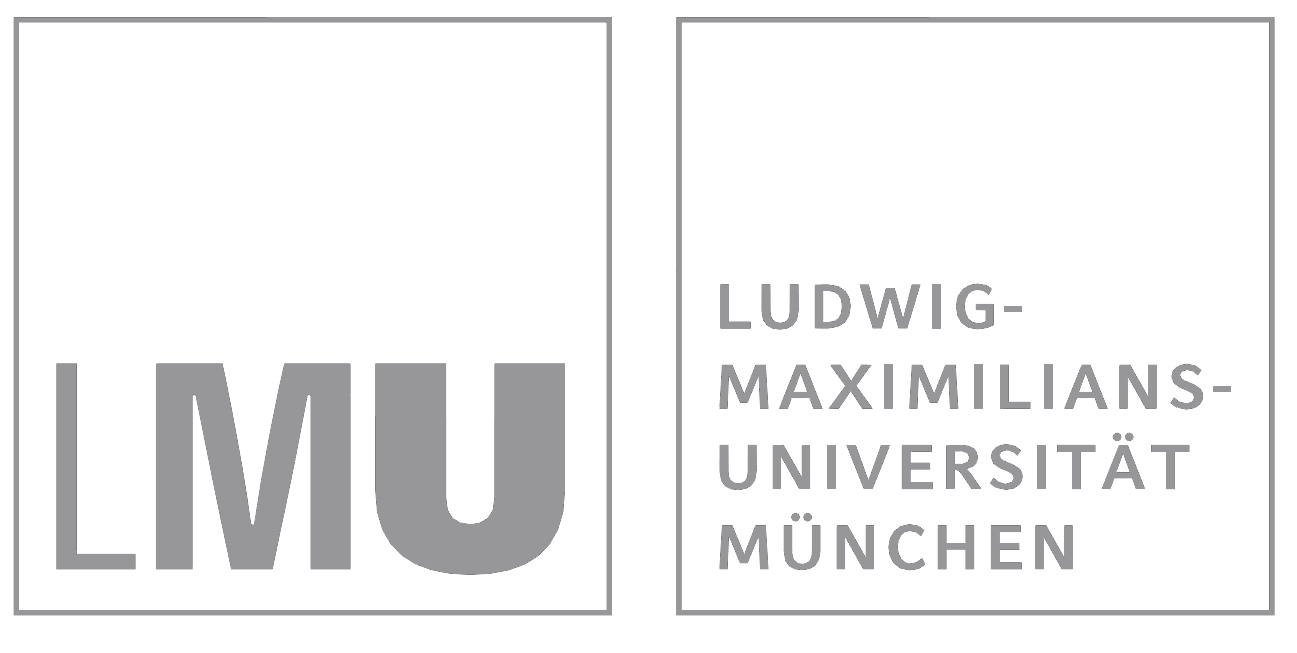Rubens’ Study of the 'Borghese Gladiator' and Antiquarianism in the Lincean Academy
Veröffentlichungsdatum: 14 Jul 2022 07:26
Zitierbare Links:
URN: urn:nbn:de:bvb:355-kuge-593-7
Download:
| PDF Download (4MB) Sprache: English |
Durchschnittliche Beurteilung
Ihre Beurteilung
Abstract (englisch)
In 1609, one of the most elegant sculptures of Antiquity, the Borghese Gladiator, was discovered at Anzio, near Rome. The statue, showing a naked warrior according to Greek custom, was immediately admired for the pathos expressed by its physiognomy, the harmonious diagonal of its body, full of contrasts, and the perfection of the anatomy in its muscular tension. Although there is a vast amount of literature on the famous marble that once belonged to the Borghese collection, in this article I will focus in particular on the fortune the Gladiator met in Lincean circles soon after its discovery. Furthermore, by focusing on the circulation of information and on small-scale replicas of the statue in the early 17th century, I will also illustrate how this ancient model was received and studied in Rubens’ workshop in Antwerp.
Lizenz
Jedermann darf dieses Werk unter den Bedingungen der Creative Commons Namensnennung 3.0 DE Lizenz benutzen.




Rezensionen
Kommentare
Es liegen noch keine Kommentare vor.Möchten Sie Stellung zu diesem Artikel nehmen oder haben Sie Ergänzungen?